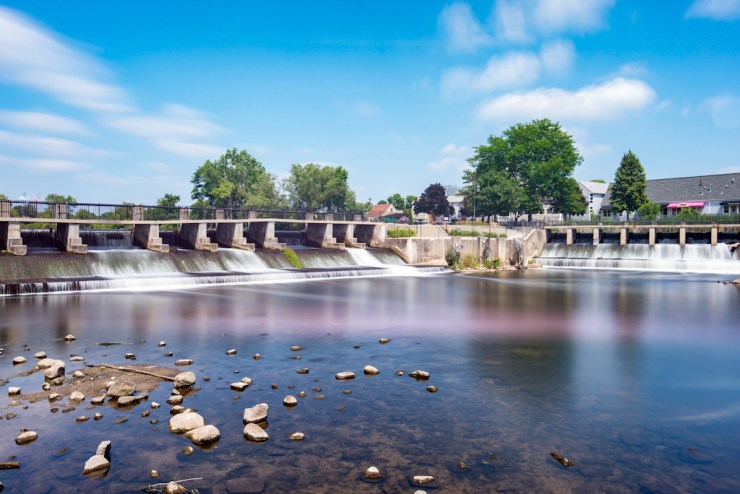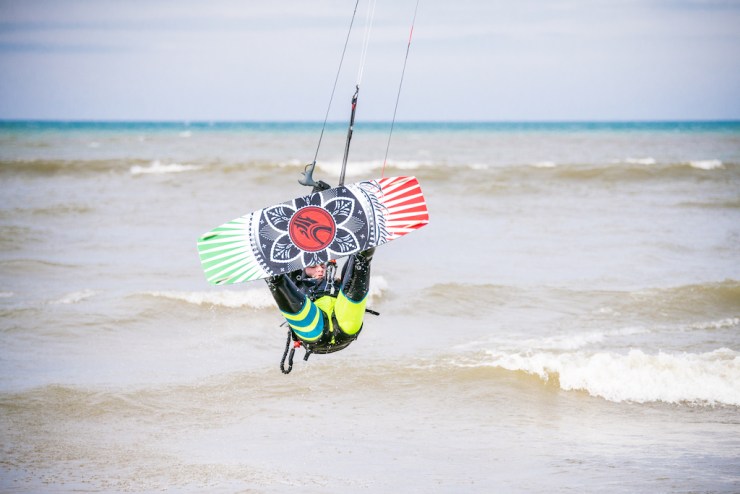Back button focus is a revelation for many new photographers. I mean, it’s not every day you come across a feature that’s built into your camera that can significantly change the way you capture photographs.
When I first got my Nikon D800 several years ago, I started by holding down the shutter button halfway to focus. I then recomposed before I took my shot. It wasn’t ideal, and it meant a few missed or soft-focus shots that I didn’t deliver on.
Back button focusing changes all that. By using the AF-ON button on the back of your camera (or on some cameras, the AE-L / AF-L button), you can focus with ease while leaving the shutter button to do what it does best — take pictures.
Say goodbye to manual focus
No more need to switch your lens to manual focus mode, because the camera will no longer refocus when you press your shutter! I find this especially useful while shooting long exposures or architectural photographs on a tripod, where my focus point won’t change for a while.

No more switching focus points on the back of your camera
This was a big one for me. I always found it tedious to use the arrows on the back of my camera to change the focus point. With back-button focusing, I can recompose my shot again and again, as long as the distance between the subject and myself stays the same.
Say hello to constant continuous servo mode shooting
By holding down the AF-ON button, you can track your subject as it moves, meaning you can always keep a constant focus on a subject. This is really handy, as it allows you to focus on your shot even faster than before, whether your subject is moving or not. It means keeping your camera in AF-C (Nikon) or Ai-Servo (Canon) mode all of the time, rather than switching back and forth between focus modes.
This also leads to more precise focusing when your subject is moving. This can be super helpful when photographing sports, kids or wildlife. I find it helpful while shooting events as well, especially as people are engaging with each other during candid photographs. It means I don’t miss a shot because someone suddenly moves their head.

Back button focus means less to worry about
For me, the less I have to fiddle with camera settings, the better. Taking advantage of back button focusing means I don’t have to constantly change focus modes, leading to more engagement with your subject(s), and delivering more photos that are crystal sharp to your client.
For most cameras, back button focus is configured in the custom menu options, but be sure to check your user manual, as setup varies from camera to camera.
Tell your story with the second annual Visual Storytelling Conference!
Experience four days of interactive, online training sessions featuring a range of educational content with experienced photographers and content creators. This free event kicks off with a series of technical boot camps to build essential skills, followed by live, online sessions on photography, video, business and social media. Join live from March 10-13, 2022!
